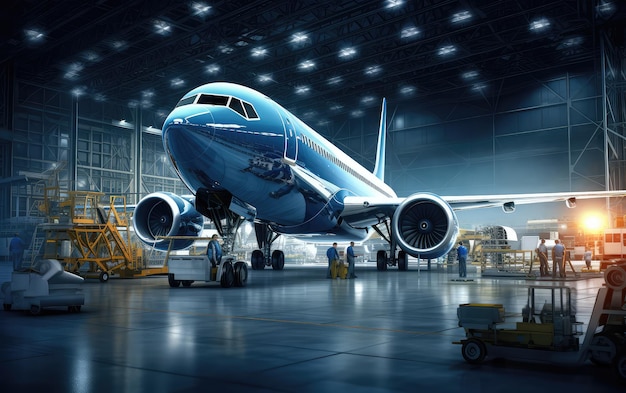In the ever-evolving world of aerospace technology, Military avionics systems play a crucial role in enhancing the capabilities of defense aircraft. These systems are the cornerstone of modern military aviation, providing advanced functionalities that are essential for mission success. Understanding the intricacies of these systems is not just vital for engineers and military personnel but also for exporters and importers who deal in aerospace and defense equipment.

The Significance of Military Avionics Systems
The primary function of military avionics systems is to improve the operational capabilities of military aircraft. These systems encompass a wide variety of electronic components, from flight navigation and communication to combat and weapon systems. They are designed to ensure aircraft can operate efficiently in all environments, whether in combat zones or humanitarian missions.
Components of Military Avionics Systems
Military avionics systems include several key components such as:
- Navigation Systems: Vital for precise positioning and maneuvering in challenging terrains and during combat.
- Communication Systems: Ensure seamless communication between aircraft and ground control or between multiple aircraft in a squadron.
- Weapon Systems: Integral for targeting and deploying munitions with pinpoint accuracy.
- Surveillance Systems: Provide real-time data and imagery to enhance situational awareness and decision-making.
Evolution of Military Avionics
Over the decades, military avionics have seen substantial advancements. Initially, the focus was on improving basic communication and navigation. Today, the emphasis is on integrating advanced technologies such as artificial intelligence, satellite communications, and advanced surveillance mechanisms. These innovations are driven by the need for increased precision and enhanced operational capabilities.
Emerging Trends in Military Avionics
Some of the current trends shaping the future of military avionics include:
- Artificial Intelligence: Enhancing decision-making and automation in avionic systems.
- Cybersecurity: As avionics systems become more interconnected, protecting them from cyber threats is paramount.
- Integration of UAVs: Unmanned Aerial Vehicles (UAVs) are increasingly being integrated with traditional military avionics for superior recon and combat roles.
Impact on Global Defense
The advancements in military avionics systems have a profound impact on global defense strategies. Nations with superior avionics systems enjoy an upper hand during conflicts due to enhanced situational awareness, precision targeting, and reliable communications. Moreover, these systems are crucial in peacekeeping missions, assisting in disaster relief efforts and securing national borders.
Challenges Facing Military Avionics
While the future looks promising, several challenges still impede the full potential of these systems:
- Cost: Development and integration of cutting-edge avionics are expensive.
- Complexity: These systems require highly skilled personnel for operations and maintenance.
- Interoperability: Ensuring systems from different branches or nations can work together seamlessly.
The Role of Exporters and Importers
Exporters and importers dealing with military avionics systems play a crucial role in facilitating the global availability of these technologies. They help bridge the gap between nations with advanced technologies and those aspiring to enhance their defense capabilities. However, this comes with its own set of challenges, including navigating international regulations, ensuring compliance with export controls, and maintaining quality amidst competitive pressures.
Ensuring Quality and Compliance
Exporters and importers must prioritize maintaining the quality of avionics systems. They need to collaborate closely with manufacturers and defense departments to ensure systems meet stringent international standards. Additionally, understanding and complying with aerospace regulations is vital to avoid legal repercussions and maintain a positive reputation.
The Future of Military Avionics
Looking forward, the future of military avionics systems holds immense potential. Continual research and development, coupled with increased investment in AI and quantum computing, promise even more sophisticated and reliable systems. As more nations realize the significance of these systems, we can expect a significant boost in their development and application.
Key Takeaways
- Innovation: Continuous innovation is vital for maintaining a strategic advantage.
- Collaboration: Collaborations across nations and industries will foster the development of more advanced systems.
- Sustainability: Sustainable development practices will ensure the longevity and efficiency of avionic systems.

FAQ
What are military avionics systems?
Military avionics systems are electronic systems used on aircraft, satellites, and spacecraft to perform various crucial functions such as communication, navigation, and combat.
Why are military avionics systems important?
These systems enhance the operational efficiency of military aircraft by providing precise navigation, communication, and weapon deployment capabilities.
What are the emerging trends in military avionics?
The emerging trends include the integration of artificial intelligence, enhanced cybersecurity measures, and the incorporation of unmanned aerial vehicles.


